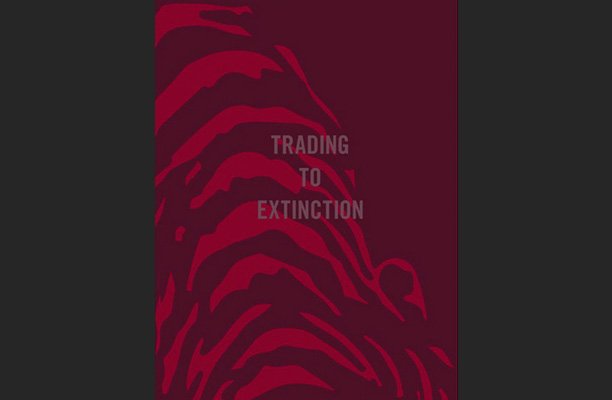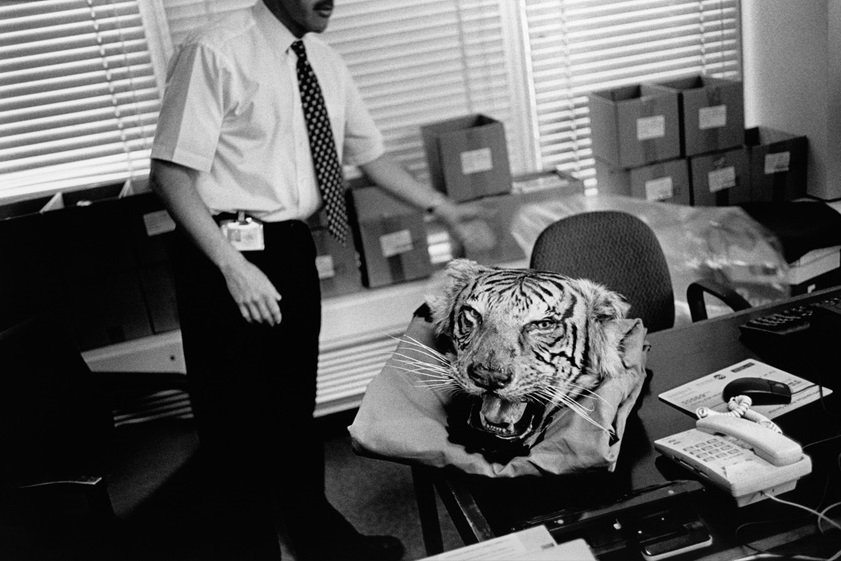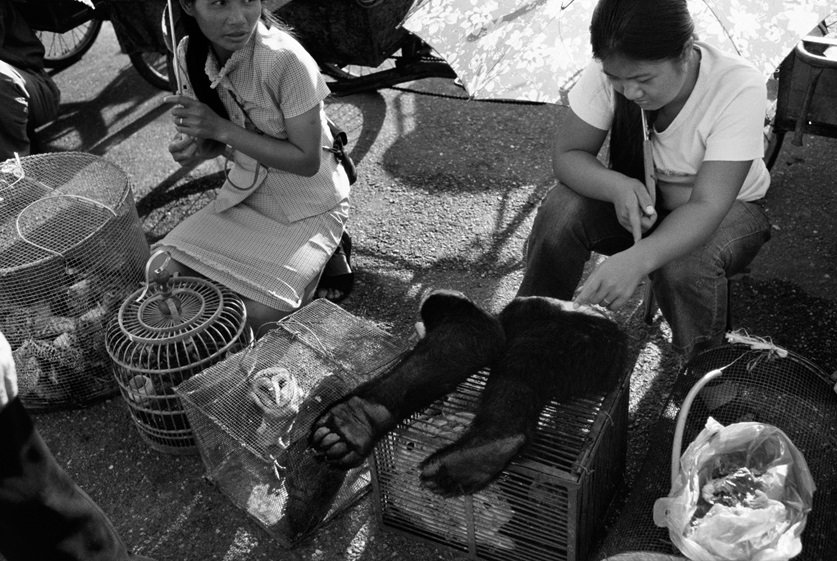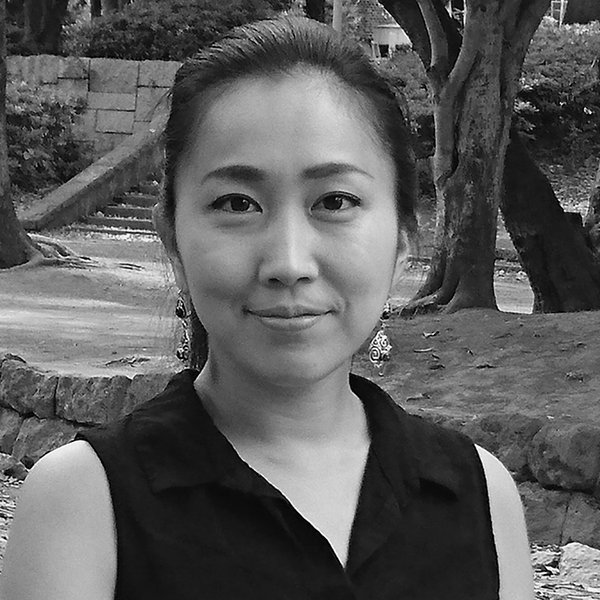Thailand –
From the pristine jungles of Cambodia to the great national parks of India and Nepal, Asian wildlife is being plundered on an unprecedented scale. Every year, it is estimated that up to 30,000 primates, 5 million birds, 10 million reptile skins and 500 million tropical fish are traded.
Patrick Brown has been photographing the illegal trade of endangered animals in Asia for more than a decade, covering its dealers, stockpiles, trafficking routes and markets. This is a massive contraband industry, where the poachers are often the ones taking the blame, however they are only but a small part of a complex and highly profitable illegal trading business.
According to ancient custom, animal parts are imbued with ‘magical’ properties. Some people believe, for example, that eating the flesh of a tiger will make them strong. Despite scientific studies proving such superstitions wrong, the trade in animals and animal parts continues, fuelled by desire, greed and corruption.
 ‘Trading to Extinction’ published Dewi Lewis Publishing
‘Trading to Extinction’ published Dewi Lewis Publishing
Rhino horns have no medicinal purpose, but myths about their effect on health and potency have pushed their value to exceed the price of gold. Animal trade thrives on novelty and on the belief that exotic animals exude certain powers. More and more people are becoming aware of the myths, but sellers are also adapting. Porous rhino horns are now often soaked in Viagra before they reach the market.
The exact value of that market is impossible to figure out, but experts estimate that it is somewhere close to $10 billion annually. A poacher who kills a rhino and removes its horn in India gets $350. That same horn sells for $1,000 in a nearby market town. By the time it reaches Hong Kong, Beijing or the Middle East, the horn is worth $370,000. Tiger bones are worth up to $700 per kilo.
The illegal global wildlife trade has doubled since the 1990s, and the evidence is nothing short of disheartening: more than 100 million sharks are killed each year, elephants have evolved to have shorter tusks because of poaching, and there are more Bengalese tigers in Texas than in the bay of Bengal.
Trading to Extinction is a unique visual record through powerful black and white photographs by Patrick Brown, which is accompanied by a personal introduction by Ben Davies. The book takes the reader on a first hand journey into the seedy world of the illegal animal trade and its gruesome pursuit of profit, as well as describing international efforts to stop it.
Photography by Patrick Brown and the book introduction by Ben Davies





















